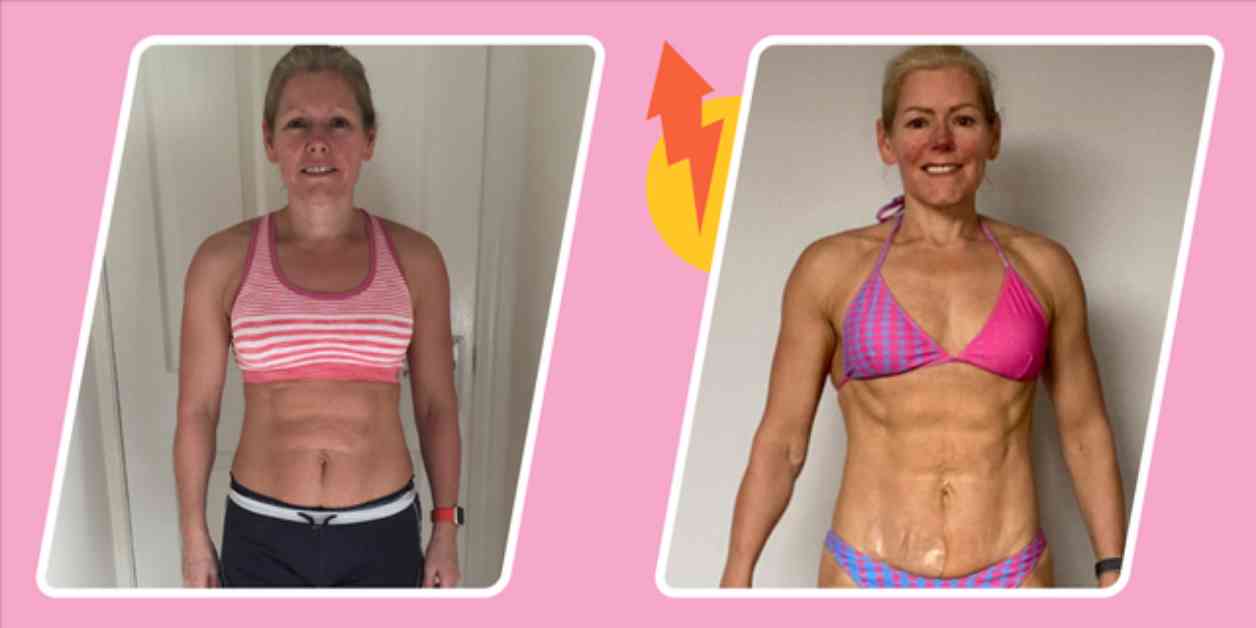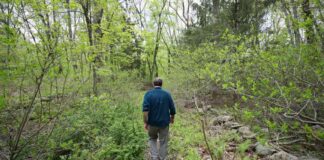Strength Training Program for Perimenopause: A 12-Week Journey at 45
I have always been active in sports since I was a child, thanks to my father who introduced me to squash at a young age. This led me to compete in the sport until my early 20s. As a young adult, I also took part in aerobic classes at a local sports center, which kept me active and fit. However, as life progressed, I had three children and found myself doing sports and aerobic activities sporadically. The idea of spending more time in gyms never really crossed my mind as they seemed intimidating, and I believed the misconception that weight training would make me “bulky.”
It wasn’t until I reached the age of 45 and started experiencing perimenopausal symptoms like hot flashes and weight gain that I decided to explore strength training. I wanted to improve my muscle tone and overall fitness, so I turned to resistance training based on recommendations I found online. After some research, I came across a 12-week program by Joe Wicks, also known as the Body Coach, which focused on high-intensity interval training (HIIT) and resistance exercises using dumbbells and barbells.
The first four weeks of the program were intense HIIT sessions incorporating movements like press-ups, burpees, air squats, and lunges. This laid the foundation for the subsequent weeks, which focused more on traditional resistance training with weights. As I progressed through the program, I found myself enjoying the challenge of lifting weights and seeing the improvements in my strength and physique. I was surprised to discover that I had a natural talent for weightlifting, which motivated me to push myself further.
One of the pivotal moments in my strength training journey was when I decided to compete in powerlifting competitions. I was inspired by watching another woman at the gym perform deadlifts and squats with such strength and grace. I approached her for guidance, and she became my mentor, teaching me the proper techniques and exercises to excel in powerlifting. With dedication and practice, I honed my skills and eventually participated in my first powerlifting competition, which was both exhilarating and nerve-wracking.
During the competition, I faced doubts and fears, but with the support of my friend and coach, I pushed through and achieved personal milestones in deadlifting, including a remarkable lift of 287 pounds. The sense of accomplishment and euphoria I felt after that lift was indescribable, and it fueled my passion for strength training even further. As I continued to train and compete in powerlifting, I found myself drawn to new challenges and experiences in the fitness world.
Subheadings:
Diversifying Training with CrossFit Movements
As I delved deeper into the world of strength training, I began to explore different forms of exercise, including CrossFit. CrossFit introduced me to Olympic lifts like the snatch, clean and jerk, as well as challenging movements like swings, bar muscle ups, and handstands. These exercises pushed me out of my comfort zone and tested my strength and agility in new ways. Despite being surrounded by younger athletes at the gym, I embraced the opportunity to learn and grow alongside them, fostering a supportive and inclusive community.
Transitioning to CrossFit during the pandemic allowed me to continue my fitness journey from home and experiment with functional training. When restrictions eased, I joined a new gym to continue my CrossFit training, relishing the diverse challenges it presented. The variety and intensity of CrossFit workouts kept me engaged and motivated, pushing me to redefine my limits and embrace new skills. From mastering complex lifts to conquering gymnastic movements, CrossFit offered a dynamic and rewarding fitness experience that kept me inspired and energized.
Key Factors in Strength Transformation
Reflecting on my strength training journey, several key factors contributed to my transformation and success in the fitness realm. Firstly, I emphasized the importance of seeking guidance from a knowledgeable coach who could provide personalized instruction and support. Having a coach helped me learn proper lifting techniques, progress safely, and optimize my training for optimal results. Additionally, I prioritized following a structured training program to track my progress and make consistent gains in strength and performance.
Nutrition also played a crucial role in my fitness journey, as I adopted a balanced approach that focused on nourishing my body for optimal health and performance. By following the 80-20 rule, where 80 percent of my diet consisted of wholesome, homemade foods and 20 percent allowed for flexibility and indulgence, I maintained a sustainable and enjoyable eating plan. Prioritizing protein and fiber intake helped support my muscle health and bone density, especially important for women in their 50s and beyond.
Lastly, I emphasized the importance of mindset and community support in achieving my fitness goals. By fostering a positive outlook, staying committed to my training, and seeking encouragement from like-minded individuals, I created a supportive environment that fueled my motivation and determination. Through my experience in strength training, I aimed to inspire other women, especially those going through menopause, to embrace movement, prioritize their health, and break down barriers to fitness at any age.
Empowering Women through Fitness and Wellness
After leaving my career in the police force, I transitioned to personal training for women within a local gym, where I focused on empowering individuals through exercise, nutrition, mindset, and menopause management. My goal was to educate and support menopausal women in reclaiming their health and vitality through physical activity, balanced nutrition, and holistic wellness practices. By addressing menopause symptoms openly and providing practical strategies for managing them, I aimed to break the stigma and silence surrounding this natural phase of life.
Through my work as a personal trainer, I encouraged women to prioritize longevity and independence in their fitness pursuits, emphasizing the importance of functional movements that translate to everyday activities. By connecting strength training exercises to real-life scenarios like getting up from a chair or reaching for objects, I helped clients understand the practical benefits of their workouts and how they contribute to overall well-being. By fostering a sense of community, support, and inclusivity, I strived to create a positive and empowering environment for women of all ages and fitness levels.
In conclusion, my 12-week journey into strength training at the age of 45 has been a transformative and empowering experience that has reshaped my approach to fitness and wellness. By embracing new challenges, seeking guidance from experts, and prioritizing holistic health practices, I have discovered the joy and fulfillment that come from pushing my limits and achieving personal milestones. As I continue to evolve and grow in my fitness journey, I hope to inspire and empower other women to embrace movement, prioritize their health, and unlock their full potential at any age.

















